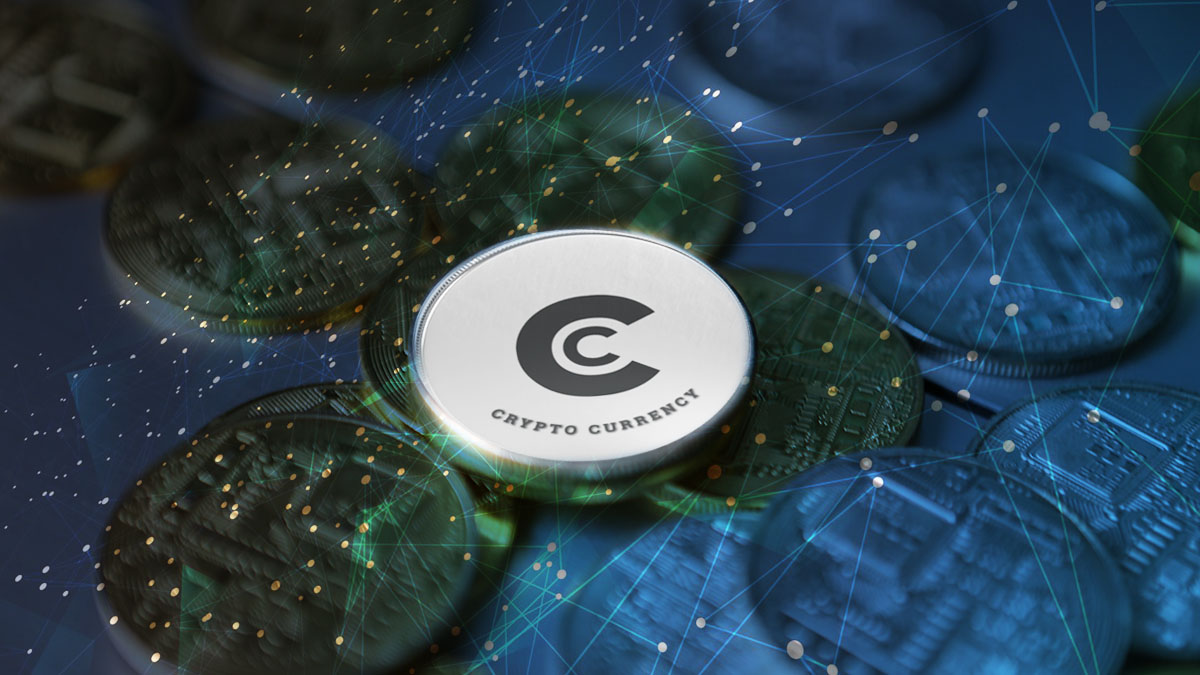StarkNet, a Layer 2 scalability platform associated with the Ethereum Blockchain, has created significant buzz in the cryptocurrency space. This innovative solution, sometimes referred to as a “Zk-Rollup” or “Validity Rollup,” has the primary objective of enhancing transaction throughput and reducing costs on the Ethereum network by processing the bulk of transactions separately and then consolidating them on the mainnet. Stark Ware Industries, the developer behind StarkNet and recipient of investment from notable firms like Sequoia Capital, Paradigm, and Coatue, spearheads this leap in Blockchain scalability and privacy. StarkNet’s native token, STRK coin, has recently been listed on Binance and is now open for trading.
What is StarkNet?
StarkNet operates as a Layer 2 solution that offloads Ethereum’s workload, facilitating quicker and less expensive transactions. By sending cryptographic commitments to the Ethereum mainnet, it aligns with the network’s robust security measures, all while maintaining data integrity. StarkNet’s use of Zero Knowledge Proofs (ZKPs), specifically zk-STARKs, marks a notable progression in cryptographic privacy, allowing for secure transactions without transparency loss.
StarkNet boasts several attractive features including low transaction costs, heightened speed, and increased efficiency, providing a more economical and swift alternative to Ethereum. Developers enjoy user-friendly tools and the Cairo programming language, specifically designed for StarkNet’s ecosystem. The platform’s own Cairo VM (CVM) fosters innovation beyond Ethereum’s capabilities, presenting new possibilities for users and developers alike.
With the introduction of the StarkNet Token (STRK), the network has set a significant milestone towards decentralization. The token serves as a vital component for governance, fee payments, and participation within the StarkNet ecosystem, with a total supply of 10 billion tokens dispensed among around 1.3 million eligible wallets. The token distribution strategy emphasizes community participation by prioritizing users and developers.
The STRK token distribution, scheduled from February 20 to June 20, rewards different stakeholders in the StarkNet ecosystem, including early users and open-source contributors, reinforcing the network’s dedication to decentralization and communal governance. The StarkNet Foundation has also launched programs to boost community involvement and support its decentralized goals.
Acquiring STRK Coin
Investors can trade STRK coin on Binance, a leading cryptocurrency exchange by transaction volume. Listed on February 20, 2024, STRK coin is available in various trading pairs. To purchase STRK coin, users must first register on the Binance platform, transfer funds, and then they can execute transactions in the selected trading pairs. Detailed instructions guide users through the purchase process on the exchange’s interface.













